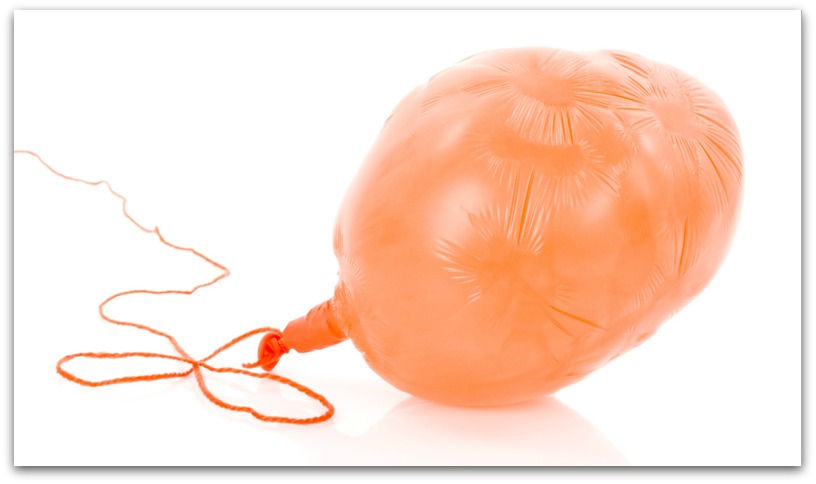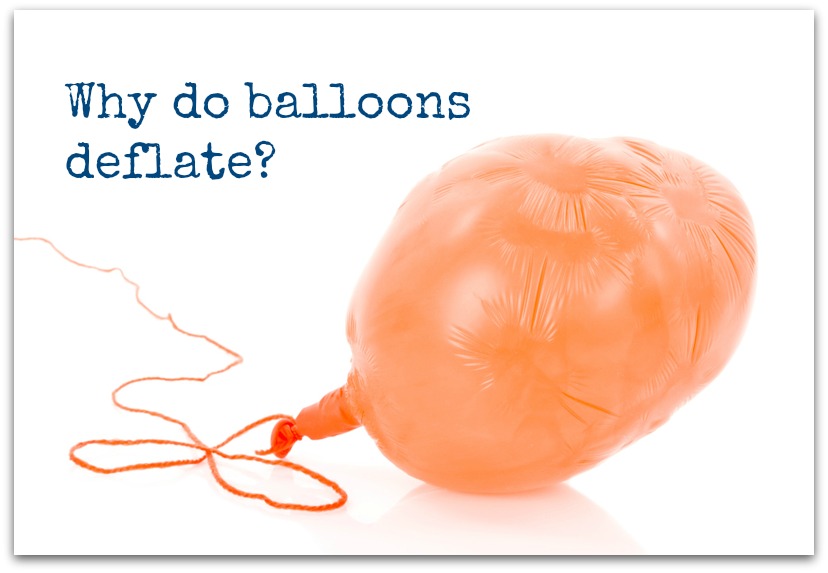Uncle John knows pretty much everything—and if he doesn’t, he heads his massive research library, or puts one of his many associates on the case. So go ahead: In the comments below, ask Uncle John anything. (And if we answer your question sometime, we’ll send you a free book!)
Why do balloons slowly deflate?
 That thin wall of rubber that keeps in the air and your kid delighted for upwards of 10 minutes is airtight, which is how it keeps air inside and the balloon properly inflated, obviously. But it’s not completely or perfectly airtight. As the surface stretches to inflate, the surface becomes so thin in some places that tiny, microscopic holes result.
That thin wall of rubber that keeps in the air and your kid delighted for upwards of 10 minutes is airtight, which is how it keeps air inside and the balloon properly inflated, obviously. But it’s not completely or perfectly airtight. As the surface stretches to inflate, the surface becomes so thin in some places that tiny, microscopic holes result.
Air molecules are able to slowly diffuse, or escape, via the surface of the balloon, or tiny holes in the know you tied to keep the darn thing closed.
This process of slow air leakage isn’t so slow with those shiny, fancy, helium-filled mylar balloons. That’s because it’s easier for helium to escape the balloon than it is for regular air to escape regular plastic balloons. Helium exists as a single atom, so it’s smaller and quicker, if you will. That air you breathed in bonds as two or three atoms (and of different elements, including carbon dioxide). Those cause a jam up in the escape pockets.
But if air can leak out…doesn’t that mean that air can also leak in, and re-inflate the balloon? It could, but it doesn’t. The air pressure is higher on the inside of the balloon (because of the surface of the balloon desperately holding all that air in one place).








